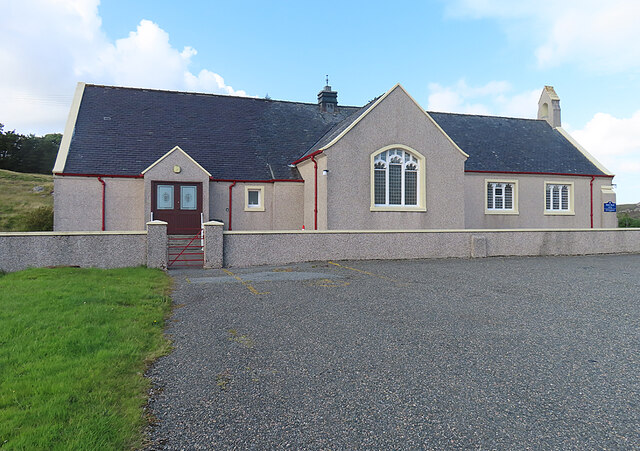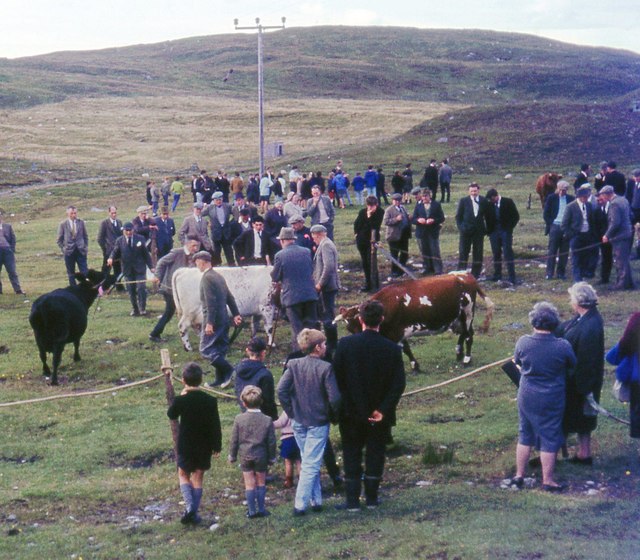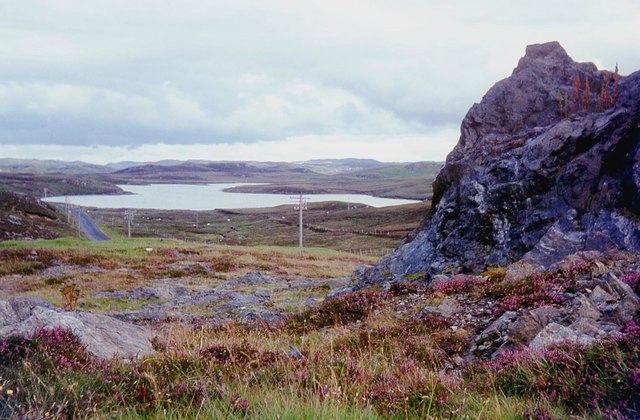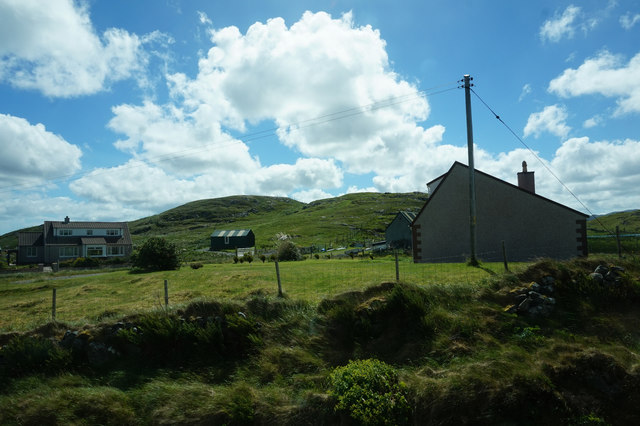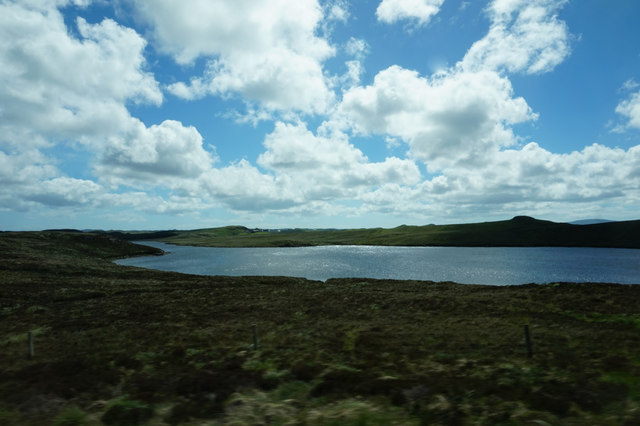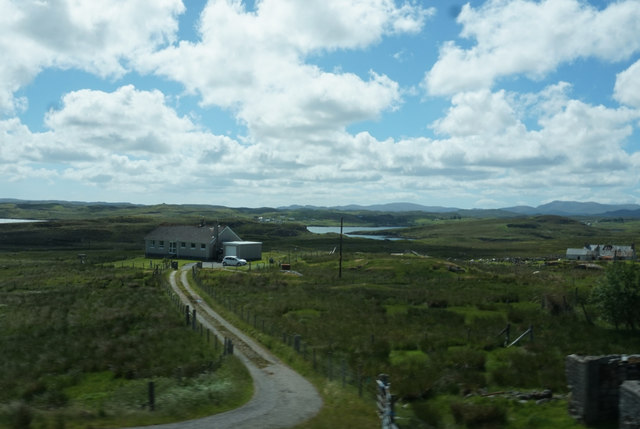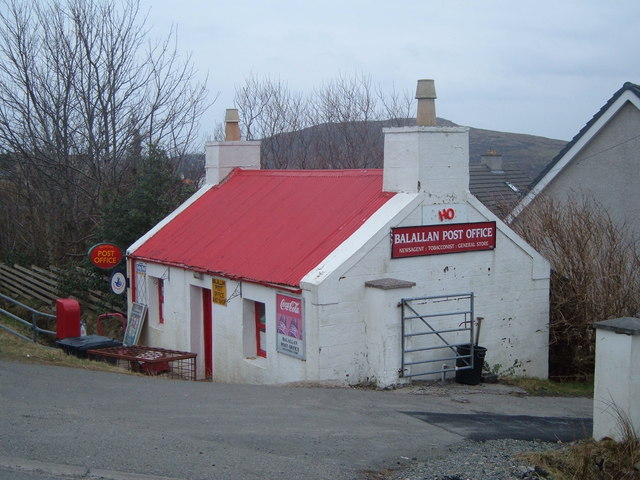Àird Mholach
Landscape Feature in Ross-shire
Scotland
Àird Mholach
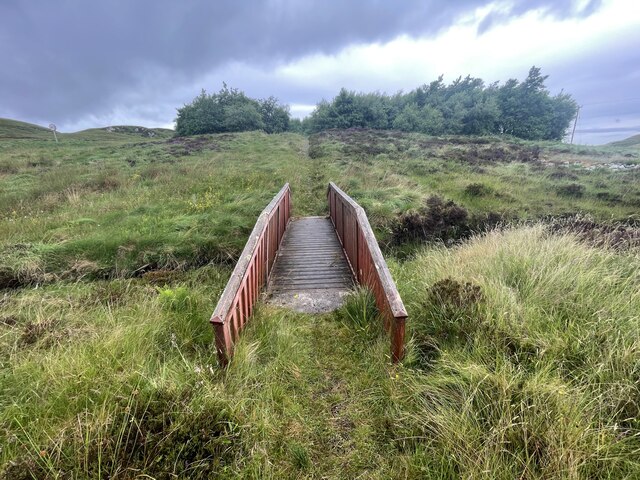
Àird Mholach is a prominent landscape feature located in Ross-shire, Scotland. Situated on the rugged west coast of the country, it is a striking geographical formation that has captivated visitors for generations.
Rising majestically from the surrounding terrain, Àird Mholach is a large rocky promontory that extends into the North Atlantic Ocean. Its name translates to "Bare Promontory" in Gaelic, and it is an apt description of the exposed and barren nature of the feature. The promontory is made up of ancient Lewisian gneiss, which gives it its characteristic rugged appearance.
The landscape around Àird Mholach is characterized by steep cliffs and rocky outcrops. These cliffs provide stunning panoramic views of the surrounding coastline and the vast expanse of the ocean. The area is known for its wild and untamed beauty, with crashing waves and dramatic sea stacks adding to the allure.
The wildlife in the area is abundant, with seabirds such as gannets, kittiwakes, and razorbills nesting on the cliffs. It is also a popular spot for birdwatching, as migratory birds often make a stopover here during their journeys.
Àird Mholach is a popular destination for outdoor enthusiasts, offering opportunities for hiking, photography, and nature exploration. The rocky terrain can be challenging to navigate, but the rewards are well worth it for those who venture to explore this stunning landscape feature.
In conclusion, Àird Mholach is an awe-inspiring landscape feature in Ross-shire, Scotland. With its rugged cliffs, rocky outcrops, and breathtaking views, it offers a captivating experience for all who visit.
If you have any feedback on the listing, please let us know in the comments section below.
Àird Mholach Images
Images are sourced within 2km of 58.100803/-6.5521288 or Grid Reference NB3121. Thanks to Geograph Open Source API. All images are credited.






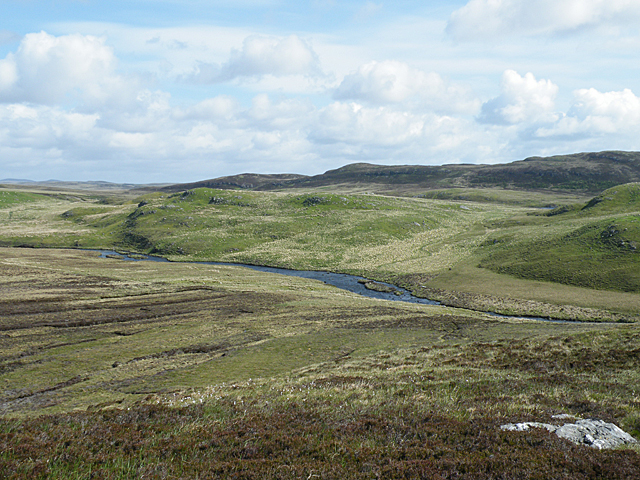

Àird Mholach is located at Grid Ref: NB3121 (Lat: 58.100803, Lng: -6.5521288)
Unitary Authority: Na h-Eileanan an Iar
Police Authority: Highlands and Islands
What 3 Words
///kilowatt.mows.emulating. Near Leurbost, Na h-Eileanan Siar
Nearby Locations
Related Wikis
Loch Erisort
Loch Erisort (Scottish Gaelic: Èireasort) is an 8-mile-long narrow sea inlet on the east coast of the Isle of Lewis in the Outer Hebrides off the west...
Balallan
Balallan (Scottish Gaelic: Baile Ailein, Bail' Ailein), meaning "Allan's Town", is a crofting township on the Isle of Lewis, in the Outer Hebrides, Scotland...
Cabharstadh
Cabharstadh or Caversta (Scottish Gaelic: Cabharstaigh) is a village on the Isle of Lewis in the Outer Hebrides, Scotland. Caversta is situated in the...
Eilean Chaluim Chille
Eilean Chaluim Chille (Gaelic: island of Saint Columba, Calum Cille) is an unpopulated island in the Outer Hebrides. It lies off the east coast of Lewis...
Nearby Amenities
Located within 500m of 58.100803,-6.5521288Have you been to Àird Mholach?
Leave your review of Àird Mholach below (or comments, questions and feedback).
